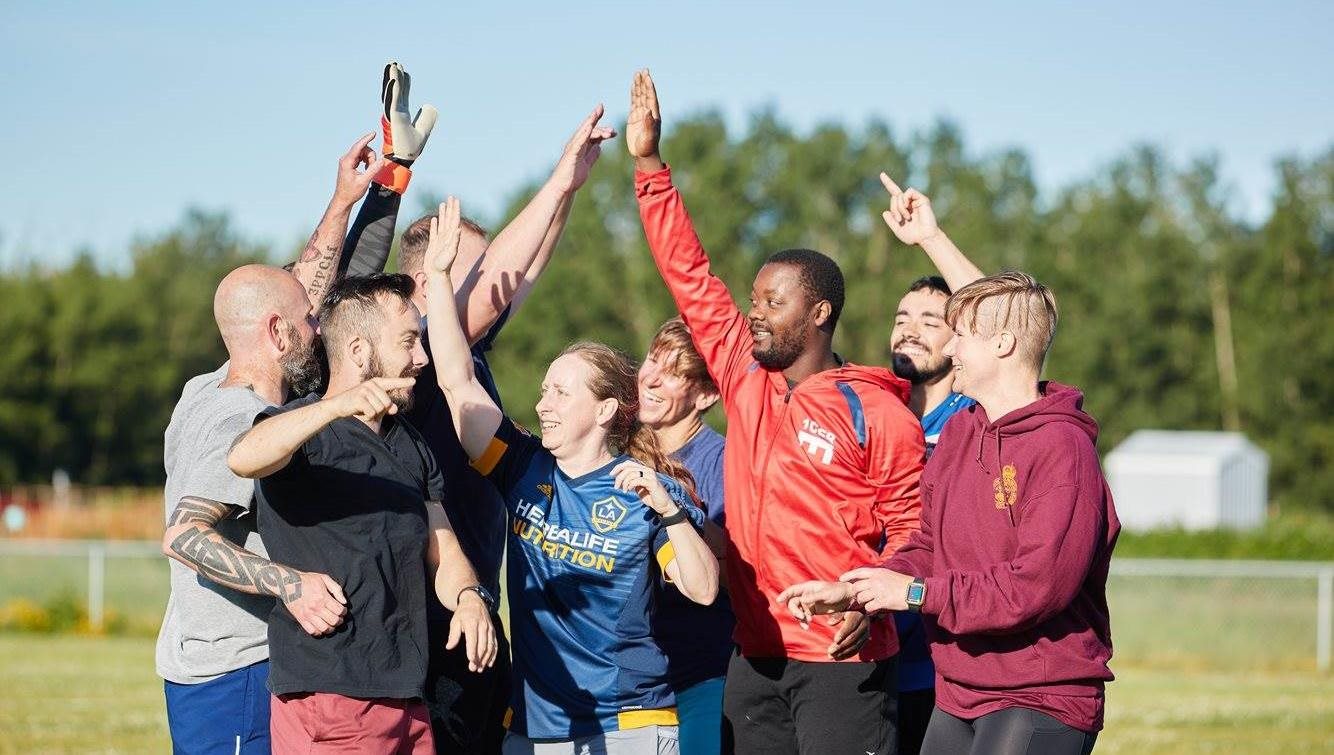Social Wellness

Looking out for your unit
-
Education and Awareness
Reaching out for help or actively implementing coping strategies can be difficult, even if an individual is aware that their mental health is declining. Stigma plays a big part in creating barriers to finding support. As a leader you can:
- Educate yourself on stigma and how to break it down
- Learn more about mental health
-
Signs to watch for
Recognizing signs that your mental health or the mental health of others around you is declining is a fundamental step in finding support. While potential signs can be different for each person, the key is to look for behavior change, and ask about what you are seeing. The Mental Health Continuum (MHC) is a great tool to use to watch for warning signs. It provides you with six categories of behaviors to look for, which can help you notice if someone may need help.
- Encourage your unit to print the MHC and post it around the office.
- Provide links to the R2MR app, or the mental health assessment as a personal check in.
-
Start a conversation
Approaching the topic and starting a conversation with someone who is struggling can be daunting. Before doing so, make sure to use respectful language and learn ways to start the conversation on the right foot to create a safe space for having open conversations. Remember that the workplace can be a place of support and that a few simple words can make a big difference.
Regular check-ins are important to foster open communication, a sense of belonging and value to team members. Checking in on a regular basis can be protective as it may help you recognize changes in behavior more quickly.
This is also important for members on medical leave. Unit leaders can check in occasionally to help maintain connection (check in with Health Services for guidance). In addition, it may also be beneficial for other unit members with a personal relationship with the individual to reach out. -
Refer to Resources
- Consider conducting a team assessment to evaluate leadership, team interactions and inclusion to help improve psychological safety at work.
- Help your unit to manage stress when possible, and learn some new coping tools and strategies.
- Know your resources and reach out for help. As a leader you have access to many resources to refer members and to help you approach difficult topics. Resources can also be used as guidance for “pre-intervention”.
- Consult documents such as the Suicide Prevention and Intervention Guide for CAF Leadership or the Suicide Awareness Resource Toolkit
- For resources or guidance on situations related to family violence, contact your Family Violence Advisory team at mfsncr-mentalhealth@cfmws.com or jody.sullivan@forces.gc.ca



-(Facebook-Post)-(Instagram-Post)-(6).png?ext=.png)
-(Facebook-Post)-(Instagram-Post)-(5)_1.png?ext=.png)
